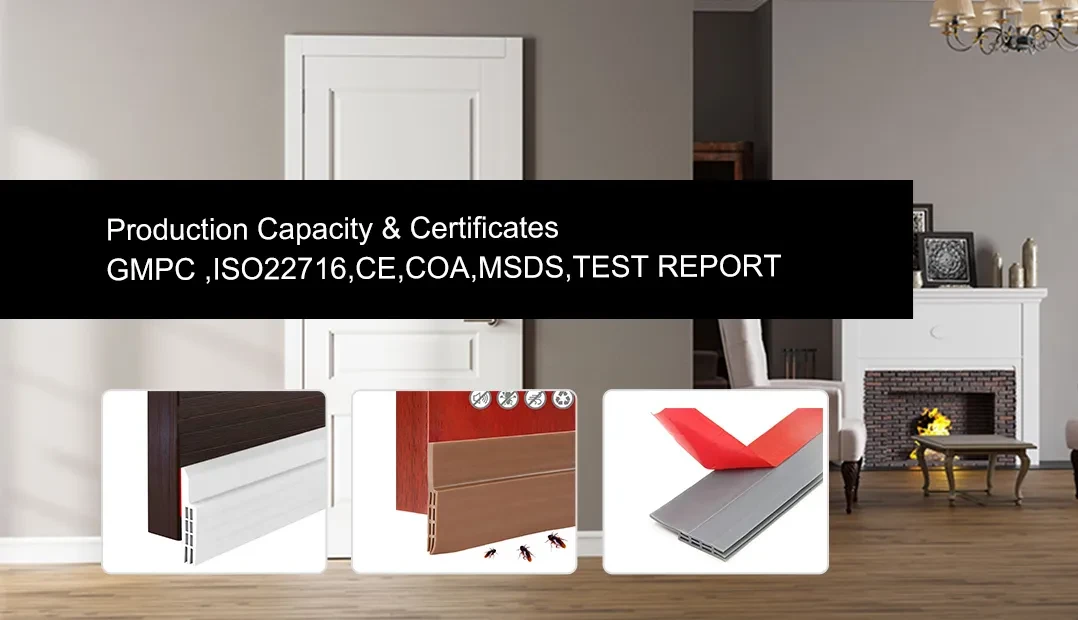how to fix oven seal
How to Fix an Oven Seal A Step-by-Step Guide
An effective oven seal is crucial for maintaining the efficiency and temperature consistency of your oven. A damaged or worn-out oven door seal can lead to heat loss, increased energy consumption, and uneven cooking results. If you notice that your oven isn't heating properly or that you can feel heat escaping when the door is closed, it may be time to inspect and potentially replace the oven seal. Here’s a comprehensive guide on how to fix an oven seal.
Step 1 Identify the Problem
Before you proceed with fixing the oven seal, you need to determine whether it is indeed the source of the problem. Look for these signs
- Visual Inspection Check for visible signs of damage on the seal, such as tears, cracks, or a warped structure. A proper seal should adhere tightly to the oven door and frame without any gaps. - Thermal Test Perform a simple test by preheating your oven and placing a piece of paper along the edge of the door. Close the oven and gently tug on the paper. If it slips out easily, the seal may not be functioning correctly. - Temperature Check Use an oven thermometer to verify the actual temperature inside the oven compared to the set temperature. Significant discrepancies can indicate seal issues.
Step 2 Gather the Necessary Tools and Materials
To fix or replace your oven seal, you will need
- A replacement oven seal (if applicable) - Scissors or a utility knife - Screwdriver (if screws are involved) - Cleaning supplies (soap and water, or a mild oven cleaner) - A cloth or sponge
Step 3 Remove the Old Oven Seal
1. Unplug the Oven Always ensure that your oven is unplugged before doing any repairs to avoid electric shock. 2. Detach the Seal Depending on your oven model, the seal may be held in place by clips, screws, or simply inserted into a groove. If it’s screwed in, use a screwdriver to carefully remove the screws. For those held by clips, gently pry them off without damaging the surrounding areas.
3. Clean the Area Once the old seal is removed, clean the area around the oven door frame thoroughly to ensure a good bond for the new seal.
how to fix oven seal

Step 4 Measure and Cut (if necessary)
If you purchased a universal oven seal, measure the length of the old seal (the one you removed) to make sure you cut the new one to the right size. Use scissors or a utility knife to achieve a clean cut.
Step 5 Install the New Oven Seal
1. Position the Seal Place the new seal into the groove or attach it to the oven door as per the manufacturer's instructions. Make sure it is seated evenly and securely without any twists or folds.
2. Secure the Seal If your oven’s seal is held in place by screws or clips, reattach them in the same order you removed them. Be careful not to overtighten, as this could damage the seal.
Step 6 Test the New Seal
1. Plug in the Oven Once everything is in place and secure, plug your oven back in. 2. Perform the Paper Test Again Repeat the paper test to check if the new seal is functioning correctly. If the paper stays in place when you tug on it, you’ve successfully sealed the oven door.
3. Check Temperature Preheat the oven to a specific temperature again and use an oven thermometer to verify that the temperature is maintained – a well-fitted door seal should ensure that the oven reaches and retains heat effectively.
Conclusion
Fixing an oven seal is a straightforward process that can significantly enhance your oven's efficiency. Regular maintenance, including checking the seal for wear and tear, can save you money on energy bills and help you cook evenly. If you find that your seal is irreparable or consistently problematic, it may be wise to consult a professional for a more thorough examination or possible replacement of other oven components. With the right tools and a little time, you can have your oven sealing well and cooking perfectly again!
-
Under Door Draught Stopper: Essential ProtectionNewsJul.31,2025
-
Garage Door Seal and Weatherstrips for ProtectionNewsJul.31,2025
-
Edge Banding Tape for Perfect EdgesNewsJul.31,2025
-
Table Corner Guards and Wall Corner ProtectorsNewsJul.31,2025
-
Stair Nose Edging Trim and Tile Stair SolutionsNewsJul.31,2025
-
Truck Bed Rubber Mats for Pickup BedsNewsJul.31,2025
-
Window Weather Stripping for Noise ReductionNewsJul.29,2025